What can your eCommerce store encounter during Black Friday? Sales Peak in eCommerce
First Black Friday, then Cyber Monday, and then the intense pre-Christmas period - the last quarter of the year is not without reason called the so-called "sales peak" (sales peak). It's a period when customers, encouraged by promotions, are more likely to look at online store websites and make purchases. In 2022, eCommerce generated more than $35 billion during Cyber Week (Black Friday and Cyber Monday). On the other hand, according to Adobe estimates, for the entire month of November and December, the profits achieved reached as much as $210 billion. Numbers like these not only represent an opportunity for additional profits, but also the challenge of keeping your sales platform stable during increased traffic. Find out how to prevent unforeseen scenarios in your e-store and reap the full benefits of increased traffic.
What can happen during an eCommerce sales peak?
Slowing down website performance (or even stopping it altogether), not having enough products in stock, or increasing the risk of cyber attacks are just some of the problems that an online store may encounter during the increased traffic in Q4. All of these factors can negatively affect customer experience and financial results (which are expected to be higher during this period). That's why it's important for online stores to be adequately prepared for increased traffic during the sales peak by planning and testing strategies, systems and processes ahead of time. In this article, we outline how to prevent the 5 most common scenarios that afflict e-commerce owners unprepared for this period.
Scenario #1
"Where can I find discounts?" - the lack of a promotion plan
Are you assuming that increased traffic in the fourth quarter of the year will come automatically and not taking additional marketing efforts? Such an assumption is a big mistake that could cost you by not using the full potential of this period and losing competitiveness in the market. To remedy this scenario, it is necessary to prepare a marketing strategy tailored to the specifics of the last months of the year. In the first place, it is worthwhile:
- Analyze last year's activities - check what promotions your competitors organized last year, and what ventures worked well for your eCommerce (if you ran any). Based on the lessons learned and after taking into account current trends, you will create a plan that will help you generate profits.
- Run omnichannel campaigns - reach your customers through multiple channels. Take care of both paid promotions in Google Ads, social media campaigns and increased email marketing efforts. In this way you will increase the visibility of your e-shop.
- Take care of the design - adjust the look and content of your platform for the holiday-promotional season to attract customers' attention. Also make sure that the tab with the products covered by the promotion is visible and easily accessible to the customer. Especially during this period, the shopping path should remain intuitive and UX compliant.
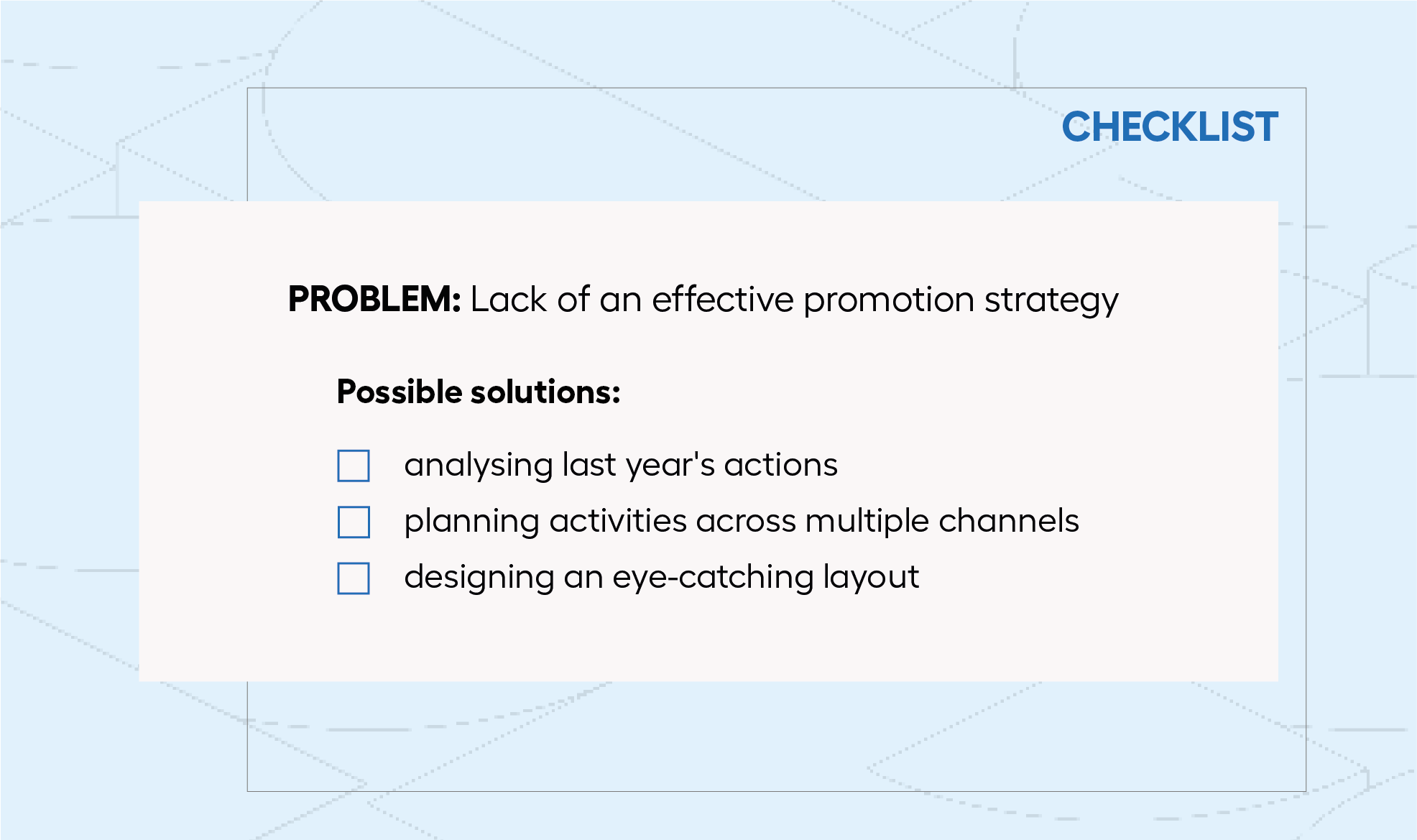
Developing a marketing strategy requires not only implementing it, but also monitoring its results on an ongoing basis. This will allow you to make changes to your campaign as needed to realise the full potential of your sales peak.
Scenario #2
"Sorry, the store is temporarily unavailable" - inefficient infrastructure
Attractive promotions during Black Friday, intensive searches for Christmas gifts, and the beginning of seasonal sales are times when shoppers are much more likely to look at online stores. Increased traffic on the platform can therefore take place both on individual days (Black Friday, Cyber Monday, etc.) and for a longer period in a month (e.g., a few weeks before Christmas). Such a scenario implies a higher load on the platform. Failure to prepare for such an eventuality can result in slower page loading or even a complete cessation of page operation. In such a case, customers waiting for the store to load will quickly lose patience and, as a result, abandon purchases.
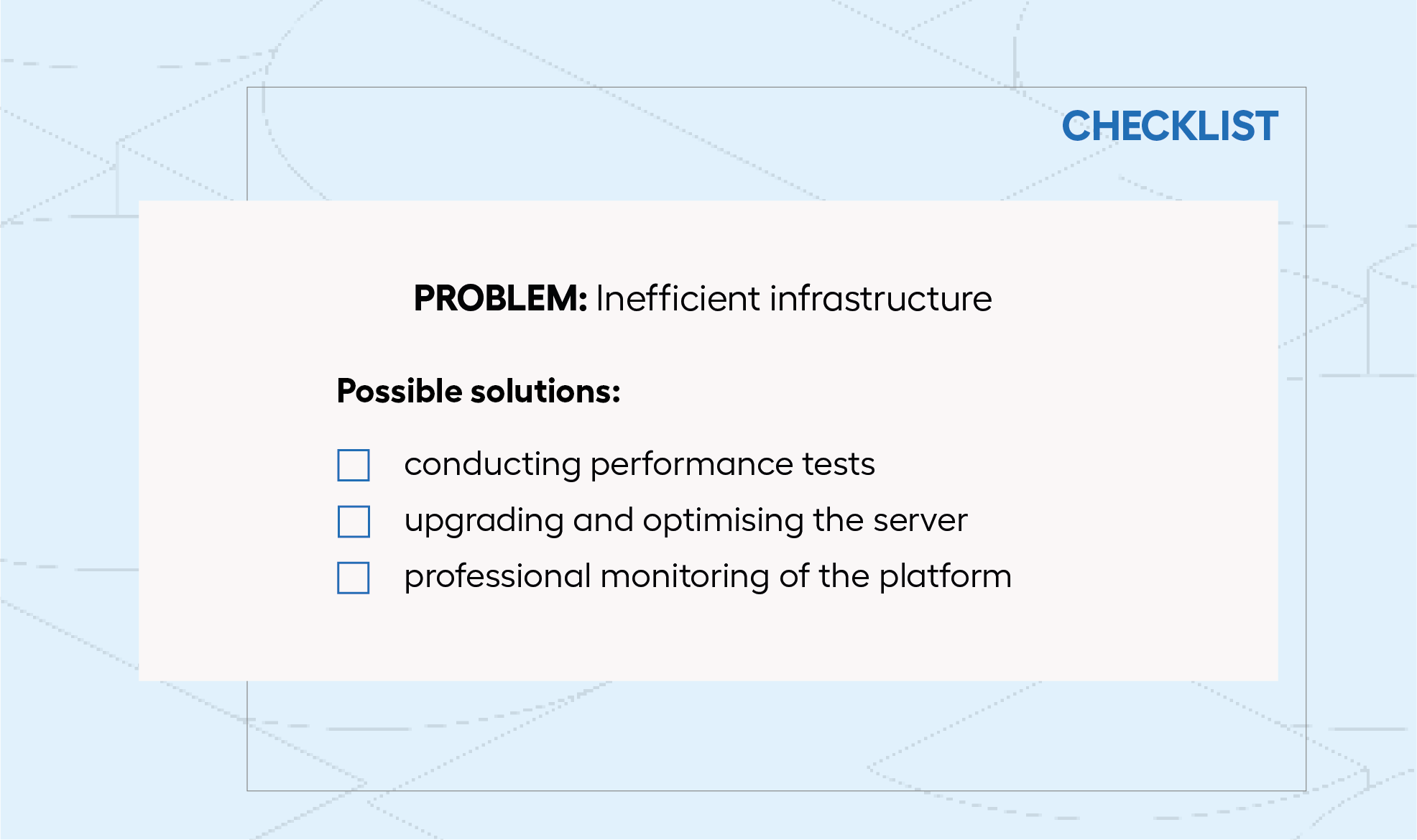
For this reason, you should prepare for increased traffic before it starts - first of all, you should assess the load your servers will be exposed to. Conduct load tests and performance tests. These will help you determine how many simultaneous connections the server can handle without slowing down. You can use tools such as Google's Lighthouse Reporter View for this purpose. Also, make sure your server and software are updated to the latest versions and you have access to current patches and optimizations. Most importantly, be sure to provide ongoing technology support as part of your eCommerce monitoring. Then you'll be sure that a team of specialists will be ready to respond quickly at any time in case of failures or performance issues.
Scenario #3
"Product temporarily unavailable" - out of stock
The online store does not have enough products in stock to meet the increased demand during the sales peak period. Customers who try to add products to their shopping cart receive a message about unavailability or extended delivery time. This causes frustration, image loss, and also means underutilized potential. Such a scenario is a consequence of improper warehouse management. How to remedy it?
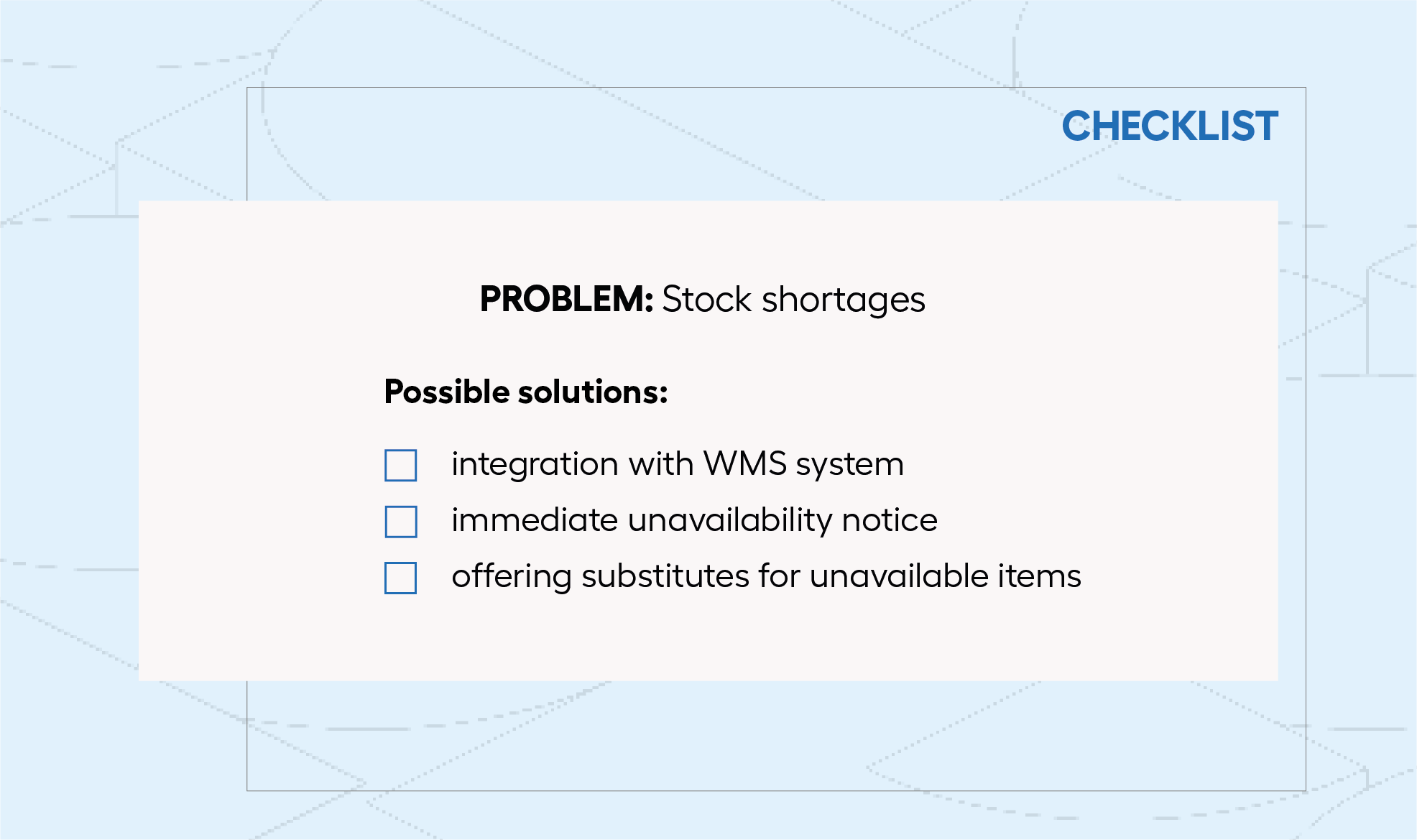
During the sales period (but not only), it is particularly easy to make mistakes or errors, which can directly translate into customer dissatisfaction and loss of loyalty. For this reason, it is important to focus on warehouse management optimization processes. A basic step is to ensure the integration of the store with an external WMS (Warehouse Management System). This will ensure that inventory and product availability are automatically and continuously updated on the website. A warehouse management system can also help to automatically reserve products when a customer places an order, avoiding situations where multiple people try to buy the same product at the same time. In this way, it is possible to automate the process of packing and picking orders, which will greatly improve the management of the e-store during busy times.
However, if it happens that a customer encounters an unavailable product - it is important to inform him immediately about the lack of items and expected delivery dates.
Scenario #4
"Delivery time is extended" - Failure of payment and delivery
The customer selects the products he is interested in and proceeds to check out. Does this mean that he managed to place an order during the long-awaited promotions? Not always, as the user may encounter payment and shipping problems while finalizing the order.
Payment systems failures can lead to delays in transaction confirmations, loss of payment data and slow down the entire ordering process. Not surprisingly, in such cases users may fear for security and abandon their shopping carts. In turn, the increasing number of incoming orders can lead to delivery delays. Customers who ordered products for a specific occasion (e.g., for a holiday gift) may be dissatisfied with the delays and - as a result - start looking for alternatives at competitors' online stores. What can be done to ensure that the final stage of finalizing an order goes well?
- provide a wide range of options - offer different payment methods to give customers more options.
- schedule deliveries in advance - be sure to agree with logistics providers on terms of cooperation during the sales peak.
- Take care of customer contact - keep customers informed about the status of their order, payment posting, delivery and any delays. Also provide an easy-to-use customer service communication channel so users can report problems and get support in case of difficulties.
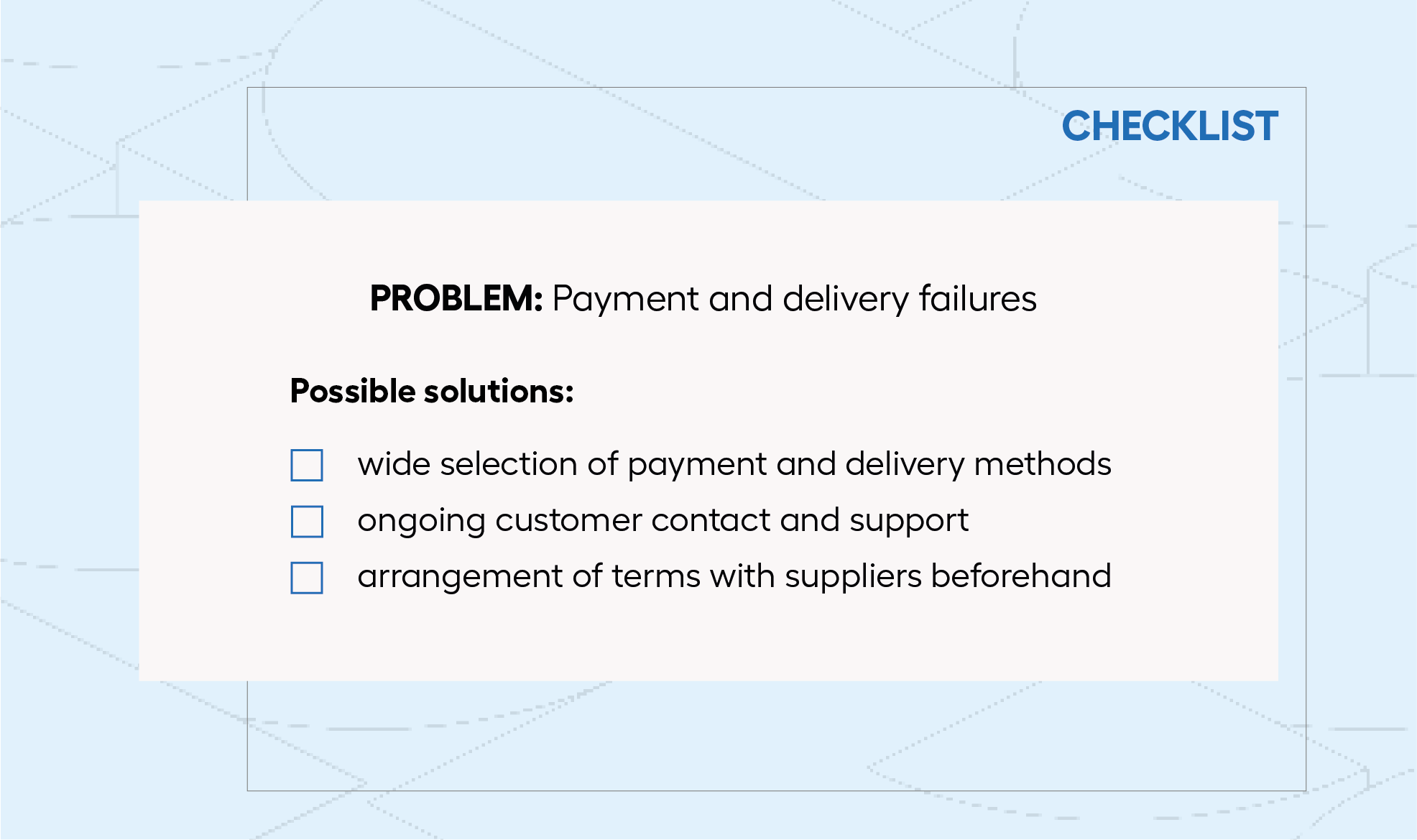
With proper management of payments as well as deliveries, you will avoid feelings of frustration and uncertainty among your customers, providing them with a smooth shopping experience and maintaining their loyalty.
Scenario #5
"Your data has been stolen" - the risk of cyber attacks
During busy times, an online store becomes an attractive target for cybercriminals. If appropriate measures are not taken towards security, the platform may fall victim to DDoS attacks, data theft or other online fraud. ActionFraud Center reports that the number of DDos attacks alone increased by as much as 200% during the Black Friday period in 2021. What does this threat consist of?
Distributed Denial of Service (DDoS) attacks pose a serious threat to online stores during the busy period. In these attacks, cybercriminals use bots and networks of infected devices to send huge numbers of requests to the store's server. The effect is to overload the infrastructure, temporarily shutting down the store's website and leaving customers unable to make purchases. What's more, many cybercriminals are trying to take advantage of the increased traffic to steal sensitive data such as credit card numbers or shoppers' personal information. Such actions not only have a negative impact on image, but can also lead to legal consequences.
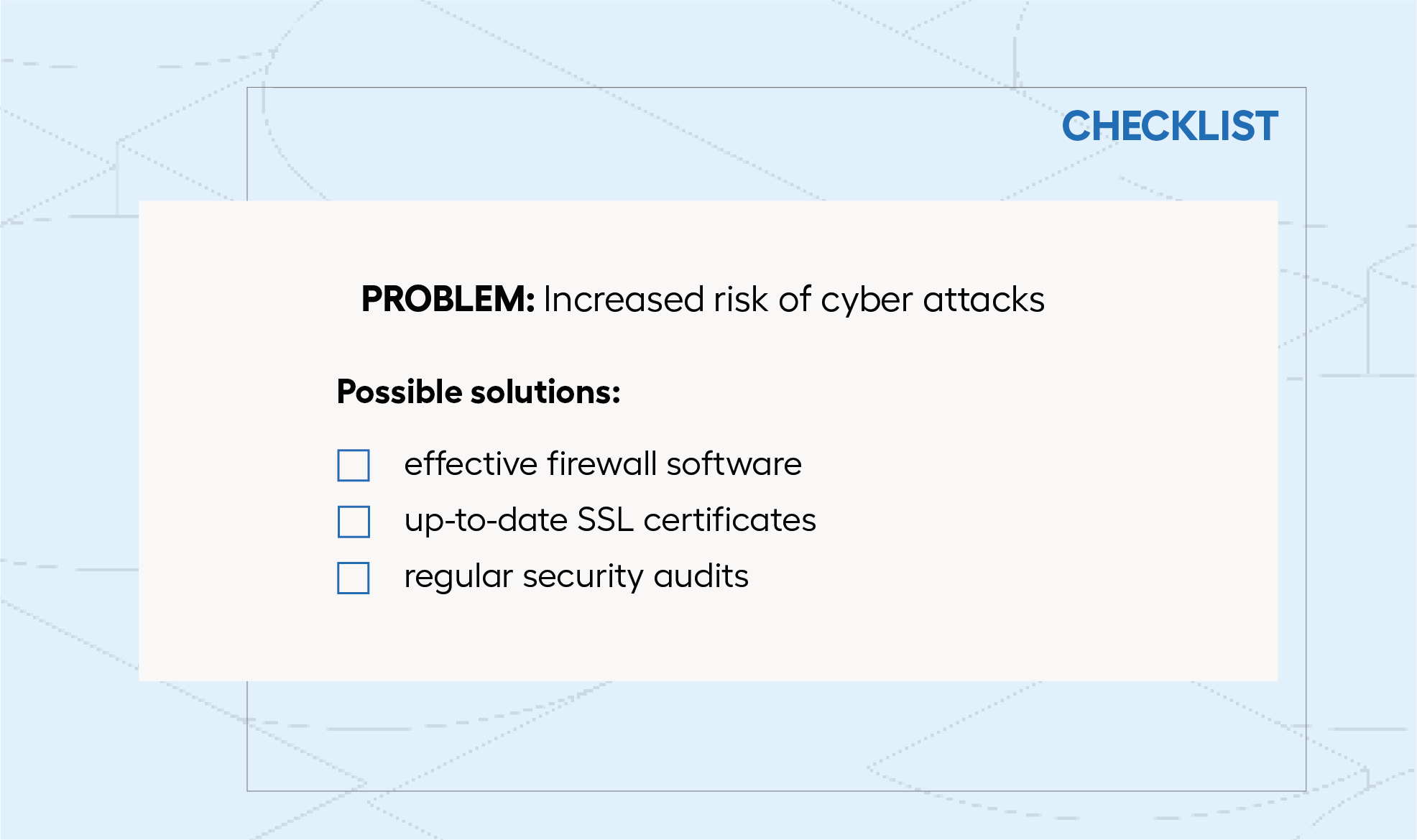
How to defend against attacks? You should implement effective firewall software, keep SSL certificates up to date, monitor network traffic on an ongoing basis, and conduct regular security audits. It's also a good idea to stay abreast of the latest cyber security trends and adapt your defense strategy to changing threats, thus avoiding the negative effects of attacks in the long term.
Successful sales and satisfied customers - choose this scenario for your eCommerce
A growing number of orders and proportionally increasing profits, plus a new base of loyal customers and positive feedback about your platform and products - this is the best possible scenario you can imagine when selling online in the last quarter of the year. How do you achieve such an effect? Certainly, the tips in this article will help you get closer to your desired goal. Learn from the mistakes of others and create your own scenario for your eCommerce success during the sales peak!



